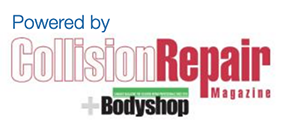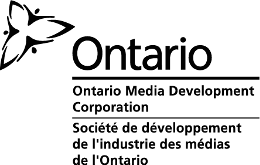An Estimate, or Repair Plan, must include:
- Your name
- Name, address and contact details of the repair shop
- Make, model, vehicle identification number (VIN) and licence number of the vehicle
- A detailed and exact description of the repairs to be made
- If they will be installing any parts and if those parts will be new, used or reconditioned
- If they will be using parts provided by the original equipment manufacturer (OEM)
- Price of the parts
- Total cost for the labour and how it will be calculated (e.g., an hourly rate or a flat rate, or – Some combination)
- Total amount to be billed (the final cost can’t exceed this amount by more than 10%)
- Date the estimate is given and the date after which it no longer applies
- Date when the work and repairs will be completed
An Invoice must include:
- Your name
- Name, address and contact information of the repair shop
- Make, model, vehicle identification number (VIN) and licence number of the vehicle
- The odometer reading when the vehicle was dropped off and when the vehicle is returned
- A list of the parts they installed and if the parts are new, used or reconditioned
- If they used parts provided by the original equipment manufacturer
- Price of the parts
- Total cost for the labour and how it was calculated (e.g., an hourly rate or a flat rate, or some combination)
- Shop supplies charged to a customer (and not included in normal operating costs)
- Terms of the warranty provided by the repair shop for each part installed and the labour to install it
- Total amount billed (can’t be higher than 10% of the estimate)
Ultimately, if you own your vehicle, the decision whether or not to repair is up to you. If you are leasing your car it is a good idea to check with your lienholder or leasing company first. However, if the damage is repairable and your insurer can cover most of the cost, there is little reason not to have your car repaired.
It’s a good idea to talk to your insurance representative about renting a car while yours is in the shop.
In a nutshell, your car is inspected to monitor the exact nature of the damage it has sustained, so that it can properly be returned to the way it was before the collision, both internally and externally. Based on this inspection, an estimate for the repairs is produced.
A vehicle’s salvage value is the estimated resale value at the end of its usable lifespan. If the estimated repair cost plus the salvage value of the damaged vehicle exceeds the cash value of the vehicle before it was damaged, your insurer may decide to treat the vehicle as a write-off instead of paying to repair it. If your insurer confirms that your vehicle is a write-off, you will receive a cash settlement based on the value of your vehicle before it was damaged.
Some facilities will charge for providing an estimate, but they must tell you how much the charge will be before giving you their estimate. This fee may include the cost of the time it takes to examine the vehicle, the cost of reassembling the vehicle after examining it, and the cost of any parts that will be damaged during the examination or reassembly that would need to be replaced.
Finally, never sign a blank work order; it’s a good idea to be aware of what they are going to do on your vehicle before green-lighting the repair.









